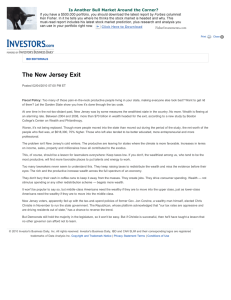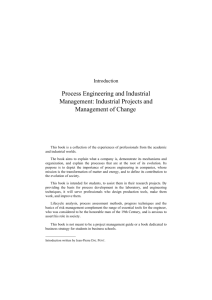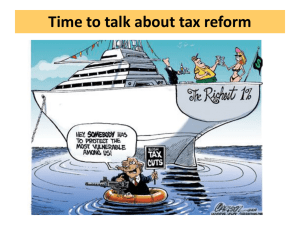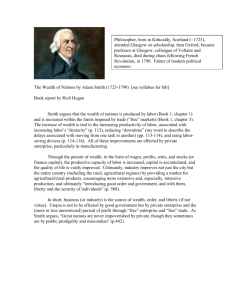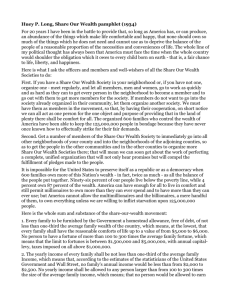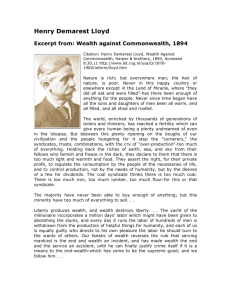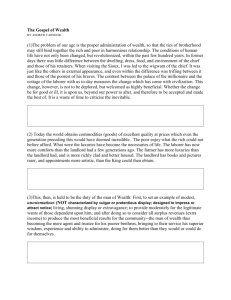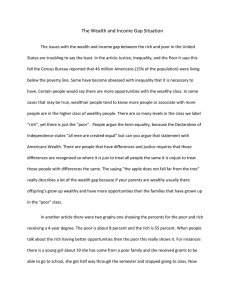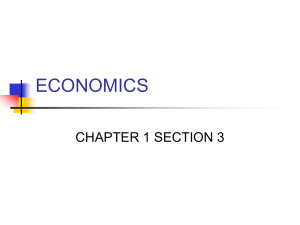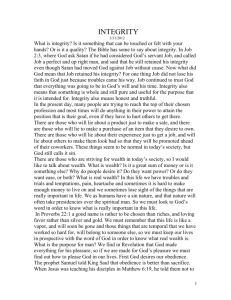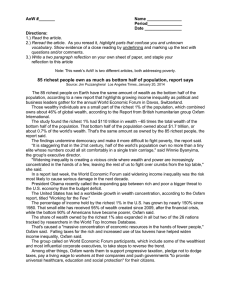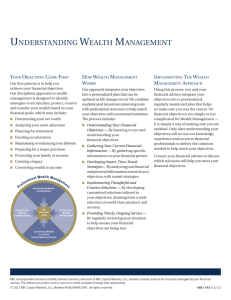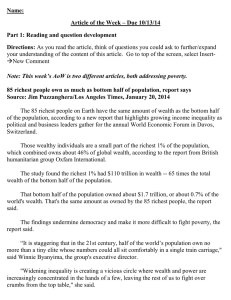During the 19th century Philadelphia began moving toward
advertisement
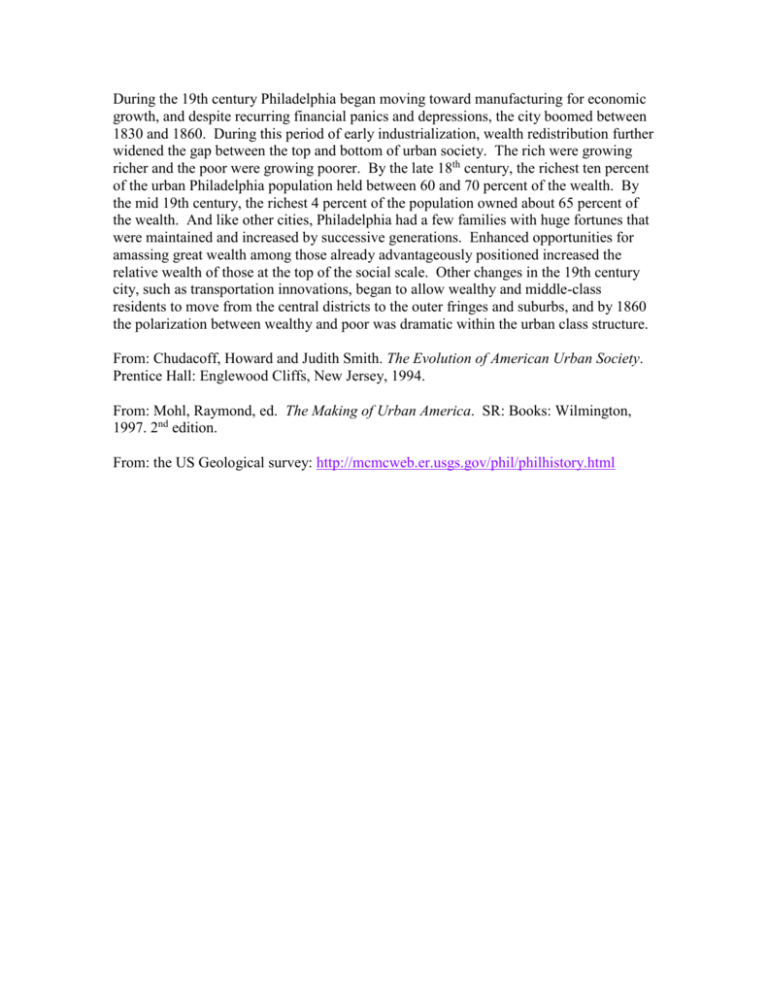
During the 19th century Philadelphia began moving toward manufacturing for economic growth, and despite recurring financial panics and depressions, the city boomed between 1830 and 1860. During this period of early industrialization, wealth redistribution further widened the gap between the top and bottom of urban society. The rich were growing richer and the poor were growing poorer. By the late 18th century, the richest ten percent of the urban Philadelphia population held between 60 and 70 percent of the wealth. By the mid 19th century, the richest 4 percent of the population owned about 65 percent of the wealth. And like other cities, Philadelphia had a few families with huge fortunes that were maintained and increased by successive generations. Enhanced opportunities for amassing great wealth among those already advantageously positioned increased the relative wealth of those at the top of the social scale. Other changes in the 19th century city, such as transportation innovations, began to allow wealthy and middle-class residents to move from the central districts to the outer fringes and suburbs, and by 1860 the polarization between wealthy and poor was dramatic within the urban class structure. From: Chudacoff, Howard and Judith Smith. The Evolution of American Urban Society. Prentice Hall: Englewood Cliffs, New Jersey, 1994. From: Mohl, Raymond, ed. The Making of Urban America. SR: Books: Wilmington, 1997. 2nd edition. From: the US Geological survey: http://mcmcweb.er.usgs.gov/phil/philhistory.html




